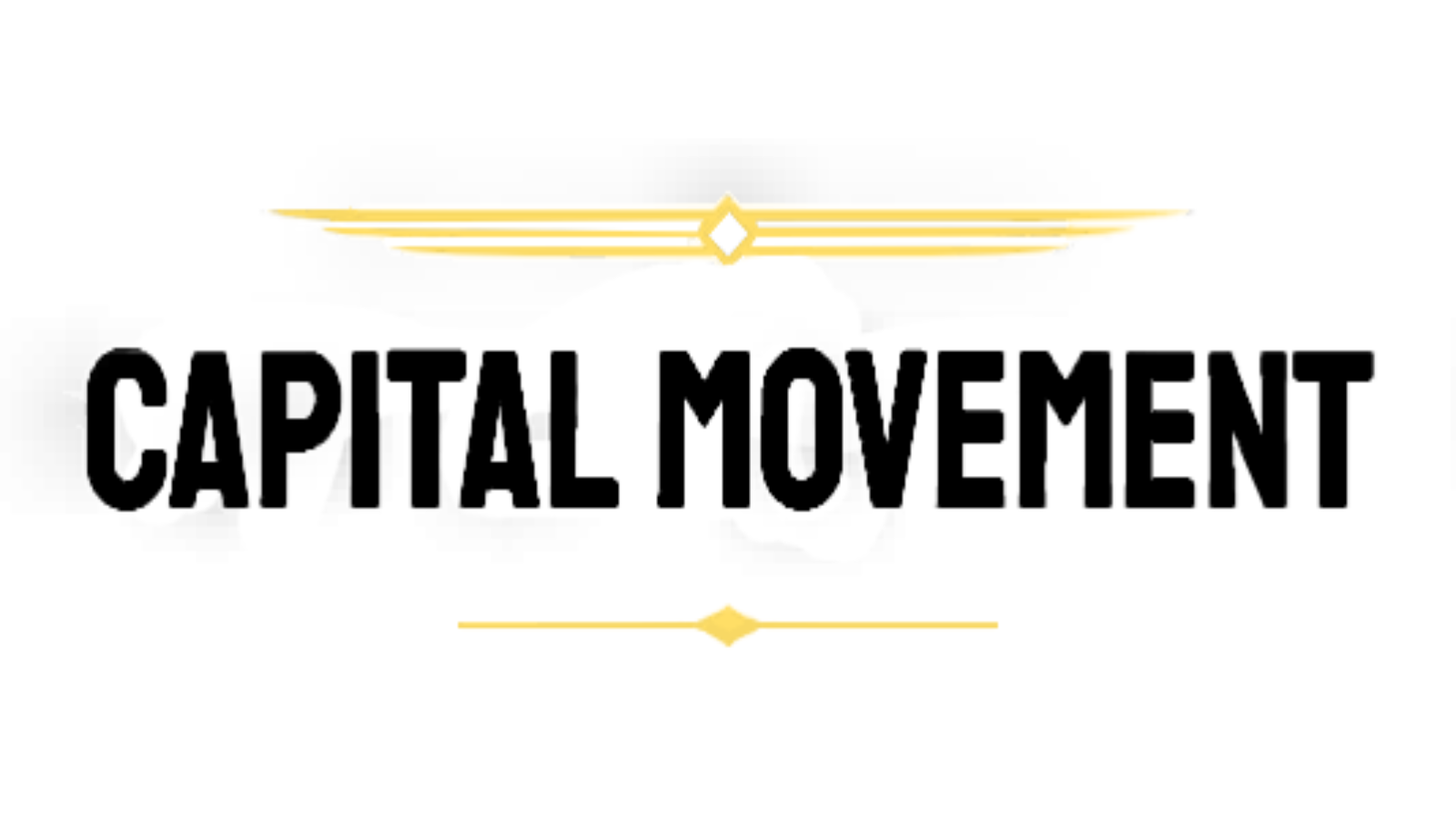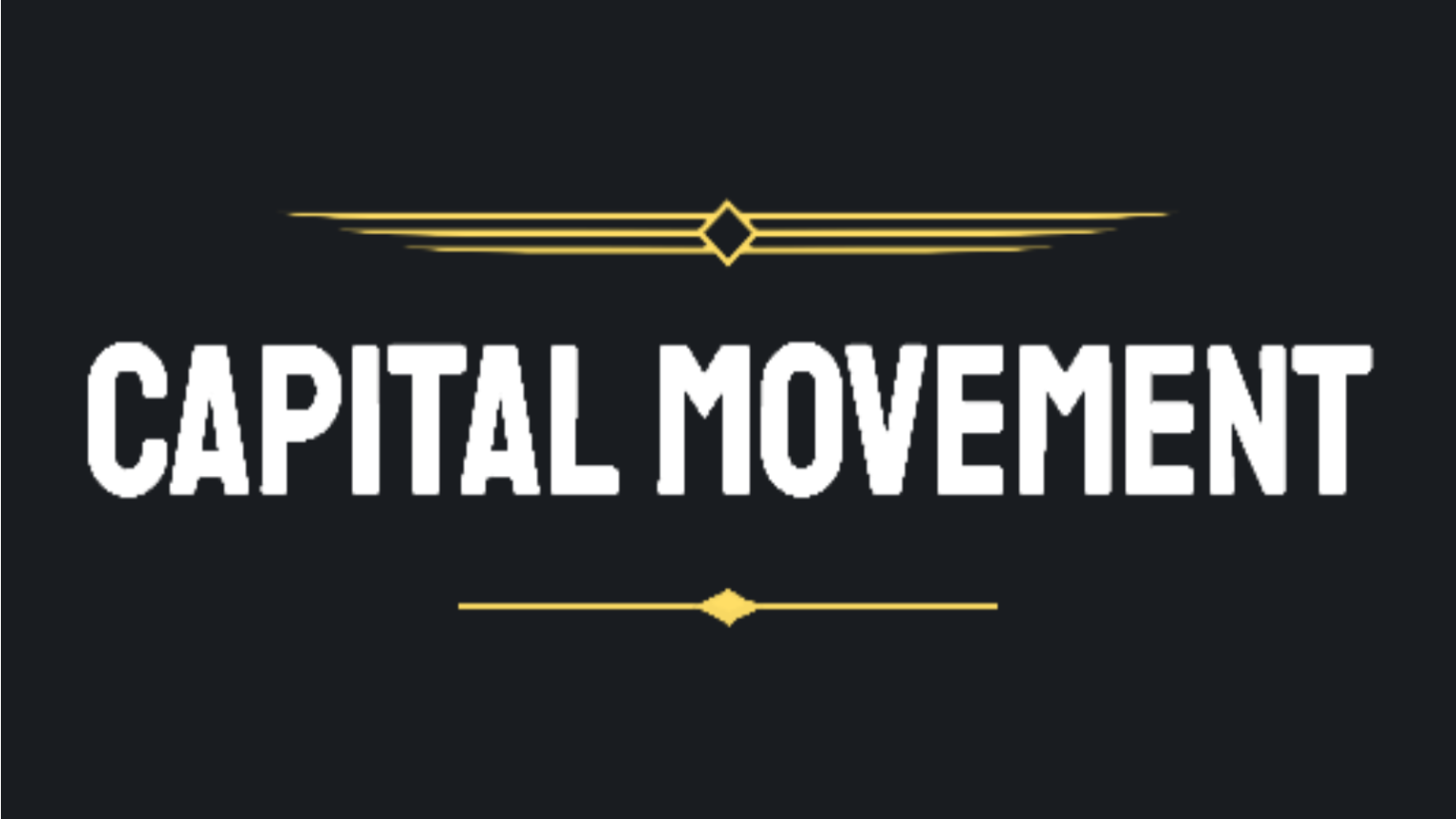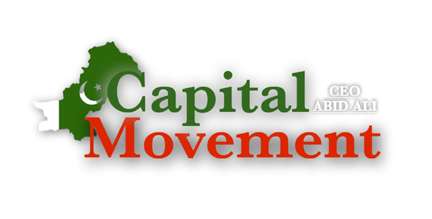
SOCIAL MEDIA LOGICS FOR POLITICAL MOBILIZATION BY PAKISTANI POLITICAL LEADERS
Social media contains websites and programmers that emphasize collaboration, sharing of information, engagement, and community-based feedback. Social media logics contain four elements mobility, popularity, connectivity and datafication. By focusing on social media logic, I will analyze the complex relationship between social media platforms, mass media, users, and politicians.
Given its capacity to instantly amplify ideas through the aforementioned digital platforms, social media has also become a significant influence in political matters. This truth is starkly illustrated by the recent events in Pakistan. The political landscape of the nation has been tumultuous for the previous few weeks, with unexpectedly fresh occurrences occurring in a relatively short period of time.
The international discussion of political topics on social media and through online communications has been strengthened and supported by the 2011 popular revolt in Egypt. Political discussions and a spontaneous outpouring of emotions on many platforms were also made possible by the growing use of social media platforms. Also in 2008 and 2012 presidential campaign Barack Obama understand that because of social media American public habits and expectation changed.
Pakistan has seen a rise in social media users over time, similar to other nations around the world. Pakistan has a 36.5% population penetration rate for internet use at the beginning of 2022, With 71.70 million active social media users, Pakistan has 82.90 million internet users. The most popular digital apps in Pakistan are YouTube, Facebook, and Twitter. Twitter users were more engaged in March 2022 than they were in February 2022, up from 7.97% to 20.56%. An overview of Pakistan’s social media usage and demographics provides a great explanation for the main political parties’ communication tactics. With 210 million residents and over 150 million mobile phone users, including 57 million 3G/4G subscribers, it offers more than 100 TV channels. It was clear that Pakistan’s youthful voters held the key to the political future of their country given that 64 percent of its population was under 30 and that the voting age was 18 years. The political beliefs of these young people, however, were less grounded in Pakistan’s political history than those of their elders, and they were more vulnerable to political advertisements on social and electronic media. 5G the latest advancement in cellular network technology, 5G, is already making headlines throughout the globe it increase internet speeds today 10 times faster. Pakistan is laying out a detailed plan to make sure the country is prepared for 5G technology. It is planned to hold an auction to distribute spectrum for 5G services in 2023.
With increased community usage and technological improvements, this media has developed into a cutting-edge tool, particularly for political parties and their supporters around the world. The main political parties in Pakistan utilized social media at a high level for the first time in 2013 in that country, to inspire, persuade, and involve their supporters at political rallies held throughout Pakistani towns.
Popular political parties including the Pakistan Muslim League-N (PMLN), Pakistan People Party (PPP), and Muttahida Qaumi Movement (MQM) also shifted toward new media technologies. Pakistan Tehreek -e- Insaaf (PTI) uses Facebook and Twitter to support and connect people before and during elections. The Pakistani General Election of 2013 served as a social media primer, with platforms like Facebook and Twitter being utilized to promote political parties and raise public awareness of them. Due to the savage attacks on political protests, which urge political parties to use social media, the implications of social media marketing have had a powerful pull.
The 2018 elections in Pakistan were the first time voters have the option of having a two-way conversation with candidates vying for their support. As a result, there was a huge increase in the usage of social and electronic media. Political parties, individual candidates, and everyday voters all used social media to their advantage during the election. Social media was used by political parties as a tool for strategic communication, but it also acted as a platform for regular people to express their opinions and a competitive outlet to traditional media.
Both the PTI and the PML-N used social media to mobilize voters and form opinions during the 2018 elections. Their social media cells’ primary duties were promoting their individual agendas and attacking opponents. Both the PTI and the PML-N organized a number of social media conferences across the nation and social media campaigns to inspire their employees. The PTI increased its organization and strategic use of social media from its bases in Pakistan and overseas as the elections got nearer. The PML (N) social media, in contrast, was in ruins following Maryam Nawaz’s departure for London on June 14 and her arrest on July 13. Their social media campaign has devolved into an aimless, haphazard operation by the election time. To identify and stop efforts at rigging on Election Day, Mushahid Hussain Syed, the newly appointed chairman of the Central Media Committee, created an Anti-Rigging System. He did not, however, have Maryam Nawaz’s level of acceptance and success among PML-N members.
The PTI released an app with a database of more than 50 million voters’ just weeks before the elections. The PTI volunteers could flag their supporters using this app, approach them prior to the election, and direct them to the polling places on July 25. The tool allowed PTI staff to quickly print each voter’s ballot with just one click. Compared to the workers of other parties who had to manually write the voter slips and collect voter information from the ECP SMS Service, this sped up the procedure for them. It’s unclear if this information was obtained legally and if it provided a competitive edge over other parties.
PTI’s social media seized onto news articles that ARY News published and publicly backed, giving their campaign a “credible” edge. The general pattern shows that regular people have embraced social media as a tool to communicate with each other and reach out to potential voters.
The public’s use of social media to voice their ire during the 2018 elections has given Pakistani lawmakers a new perspective on the electorate. Ordinary people’s ingenuity, heightened awareness, and capacity for public expression have evolved into factors that political parties and specific candidates can no longer afford to ignore. Social media as a substitute for traditional political platforms:
Social media was used to spread information that the traditional Pakistani media was either unable or unwilling to cover. Geo TV’s Talat Hussain turned to Twitter after his network declined to air his coverage of Shahbaz Sharif’s event. Former PM Imran Khan’s Pakistan Tehreek-e-Insaaf changed his brand image using social media.
The Pakistan Tehreek-e-Insaf (PTI) social media team has developed into a potent propaganda machine. Over 1,500 social media mercenaries, or activists, are allegedly employed by the party. Every brand requires a constant stream of psycho-somatic stimulations in the form of audio-visual material on electronic and social media platforms to the target audience. This is precisely how the PTI social media staff has continually transformed Imran Khan’s image.
The major political parties in Pakistan have been using social networking sites to disseminate information through political forums and Facebook for more than ten years as a means of reaching out to other media outlets and voters. This demonstrates that Pakistani politicians are conscious of using social services during the upcoming general elections scheduled for 2023.
Social media has developed over time into a crucial forum for political discourse and has made social networking sites accessible for political involvement and knowledge. The media is viewed as not having enough influence to alter consumers’ political ideas and as not fully influencing their voting intentions. Having said that, the most notable feature of social media is the platform it offers for people to access information, share their ideas, and engage in debates about it.
By: Tehreem Waseem
Semester VII
Department of International Relations FJWU Rawalpindi











